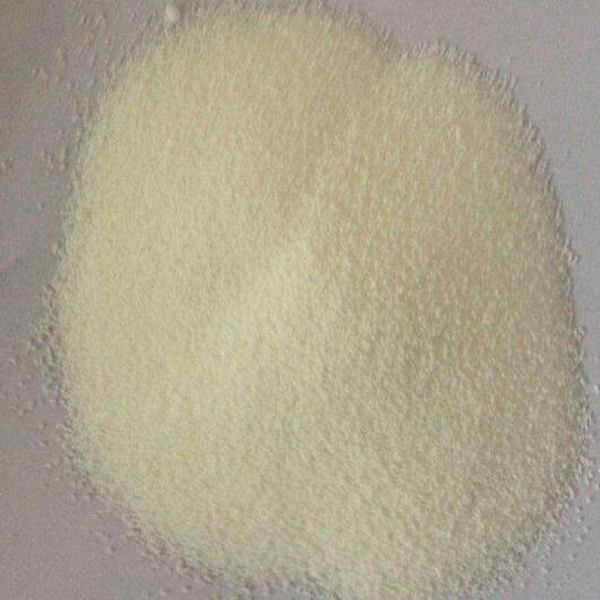Norfloxacin is one of the excellent representatives of quinolone antibacterial drugs. It has the characteristics of strong antibacterial effect, broad antibacterial spectrum, high bioavailability, good tissue permeability, no cross resistance and other side effects with other antibiotics, and fast oral absorption Has been widely used in clinical. Norfloxacin is a fluoroquinolone antibacterial agent with a broad-spectrum antibacterial effect, especially antibacterial activity against aerobic gram-negative bacilli, and has good antibacterial effect in vitro on most bacteria of the Enterobacteriaceae family, including citrus Enterobacter spp., Enterobacter cloacae, Enterobacter aerogenes, Escherichia coli, Klebsiella, Proteus, Salmonella, Shigella, Vibrio, Yersinia Wait. Norfloxacin also has antibacterial activity against multi-drug resistant bacteria in vitro. Penicillin-resistant Neisseria gonorrhoeae, Haemophilus influenzae and Moraxella catarrhalis also have good antibacterial effects. Norfloxacin is a bactericide, acting on the A subunit of bacterial DNA helicase, inhibiting DNA synthesis and replication and causing bacterial death. It is suitable for urinary tract infections, gonorrhea, prostatitis, intestinal infections, typhoid fever and other salmonella infections caused by sensitive bacteria. However, norfloxacin is insoluble in water, has low oral bioavailability (about 50%), and has a bitter taste and unstable properties. It can be oxidatively decomposed when exposed to light.
In addition, the in vitro antibacterial effect test shows that norfloxacin is a highly effective antibacterial drug with a broad antibacterial spectrum and strong antibacterial effect. Many common diseases of freshwater farmed fish such as bacterial septicemia, gill disease, and white-headed mouth disease , Printing disease, erythroderma, enteritis and other pathogenic bacteria are highly sensitive to it, the minimum inhibitory concentration is consistent with the minimum bactericidal concentration, and the drug effect is stable and lasting. The N2 strain of bacterial septicemia of the common carp was used to test the antibacterial effect in vivo. As a result, 1 mg / kg intramuscular injection and 10 mg / (kg · d) mixed oral administration were good for the above pathogens. The antimicrobial effect of the two groups, regardless of whether they are administered after infection or after infection, is a survival rate of more than 80% in both groups, which is significantly higher than the control group. The application of norfloxacin in production can effectively reduce the incidence of bacterial diseases and increase fish production. The oral toxicity test of norfloxacin to carp proves that the drug has a large safety range (more than 100 mg / kg). The above research results fully prove that norfloxacin is effective in the prevention and treatment of bacterial diseases in freshwater farmed fish, with less medication, safe and reliable, and can be widely used.
Post time: May-27-2020

